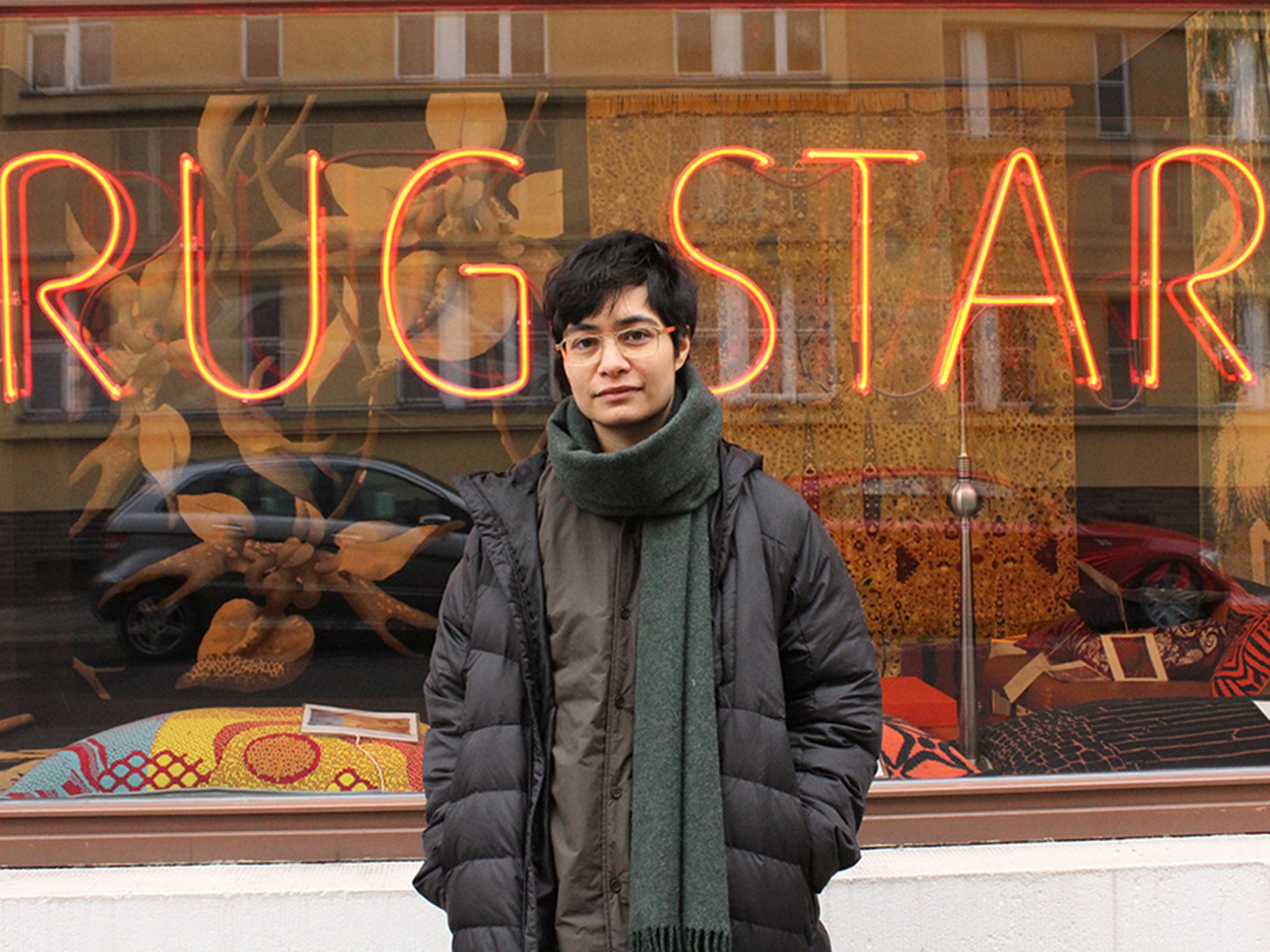Butch is Not a Dirty Word: 12 stunning portraits of women who are proud to be masculine
Esther Godoy, editor of the Butch is Not a Dirty Word magazine, talks about gender and being flooded with support for her project celebrating masculine-of-centre women

Pro-skateboarder Esther Godoy was in her twenties when she first saw a fellow masculine-looking, or “butch”, woman celebrated in a photograph.
“It was life-changing,” says Godoy, now 31, as she recalls the first time she saw US-based photographer Meg Allen’s photo series Butch.
“I found it so inspiring and validating," she tells The Independent. "For the first time in my life I had seen butches celebrated, not denigrated, and portrayed as handsome, strong and kind. Not as grotesque or the butt of anyone’s joke.”
Butch is not a Dirty Word - In pictures
Show all 12Now, Godoy is curating the third issue of her magazine Butch is Not a Dirty Word (BINADW) which is partly inspired by Allen’s work, other depictions of butch - also known as masculine of-centre - women who also often identify as lesbians, and her own experiences growing up.
The magazine tells the stories of butch women in her hometown Melbourne with portraits, interviews and essays - something she feels is lacking in her local area but also globally. Even ground-breaking TV series like the L-Word and Lip Service were void of well-rounded, masculine of-centre characters, she argues.
Growing up, Godoy was poked-fun of for being a tomboy. But when she moved from her hometown of Melbourne to the bohemian haven of Portland, Oregon in the US for a skate tour that she felt physically attractive for the first time. Women with looks she was bowled over by felt the same way about her. It was a shock.
“When I was living in the USA, I was treated as a valuable member of my queer community, people acknowledged me in queer spaces, it was super easy to make friends and I had a myriad of older masculine of centre women and people to look up to. When I was back in Australia however, my experiences would shift dramatically, I was entirely invisible in queer spaces, I felt like there was no one I could go to for guidance, and there was a really strong lack of a sense of belonging,” she says.
Despite her revelation in the US, she is still sometimes tempted to change her appearance in an attempt to “fit in” with the traditional ideals of what a woman should look like.
“I wish that I could stay that thought doesn’t still pop into my head from time to time now. As much as things are improving there is not argument that is is more difficult to walk through this world when you present as the opposite gender from which you identify with. No amount of pride parades, internet articles or Instagram accounts will change the hundreds of looks of confusion at the airport, the public and professional invisibility and constantly being treated like a teenage boy as a 31 year old woman," she says.
And the response to just two issues of BINADW proves to Godoy that she isn't alone in feeling like butch women are underrepresented both in mainstream media but that aimed at LGBT people. While issue one launched the idea of the magazine, the second honed in on families while the third will be about the community’s elders who have lived through decades where deviating from gender norms could lead to violence, even more so than today.
“The response has been epic,” she says. “We were never really event supposed to go past issue one, but it had such a positive effect that it seemed like a shame not to go onwards. After the first issue launched I wrote a few pieces for some media outlets, and every morning I would wake up to hundreds of emails in my inbox from people saying how glad they were to have come across the magazine. How alone in their thoughts, experiences and identities they had felt and how the project had made them feel connected.
"I put this down to the authenticity of the project, the project is not about being ‘cool’ or ‘hot’ but it’s about making yourself vulnerable and connecting with other people. I think that’s probably been its major point of difference," she says.
Godoy is also keen to stress that while she curates BINADW, she doesn’t want her own definition of butch to dominate its pages.
“My understanding of the term 'butch; is ever-changing and evolving,” she says. "The more people I speak to the more I understand that the term and the identity is totally subjective to who’s using it. For me personally it’s a means of connecting both my external masculinity and my internal femininity. Butch to me personally means owning my female identity whilst remaining true to my authentic masculine presenting self." For others, including people who don't identify as female, being 'butch'
"This however is not the same for everyone, many non-female identifying folk align very strongly with the butch identity, and many people identify with 'butch' as their gender" she adds. "The way we see it at BINADW, is if a person identifies with the butch identity in any way then we are down to have them, it’s not a question of who is and who isn’t butch on our end. It’s up to every individual to decide for themselves."
Subscribe to Independent Premium to bookmark this article
Want to bookmark your favourite articles and stories to read or reference later? Start your Independent Premium subscription today.

Join our commenting forum
Join thought-provoking conversations, follow other Independent readers and see their replies